The year 392 AD Emperor Theodosius decreed the closure of all Egyptian temples. The Eastern Roman Empire was officially Christian from the Edict of Thessalonica of 380 AD. and the persecution of pagans was the order of the day:their temples were destroyed and they were deprived of funds to maintain their cults.
Laws were created against them:in 346 Constantius had already prohibited access to the temples, and a few years later idolatry It was punished with the most severe penalty. Property was confiscated and mixed marriages were prohibited. In 388 religious discussions were outlawed.
However, Egypt was far away, and although by the end of the fourth century it was essentially Christian, there were still those who maintained the ancient religion of the pharaohs. Specifically, the blemios, a nomadic people originating from Lower Nubia (between the first and second cataracts and the coasts of the Red Sea) whose antiquity dated back to the 2nd millennium BC
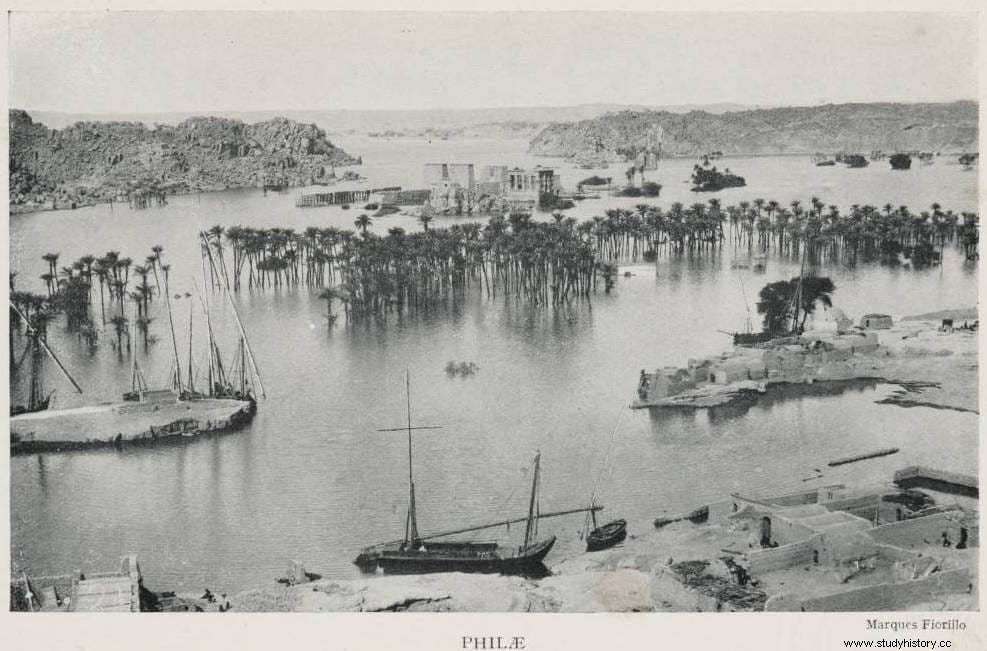
Since the kingdom of Meroë the blemmians had constantly harassed the Romans forcing them to sign peace treaties, though they continue to raid periodically. The tactic works and by the last quarter of the 4th century they found their own kingdom in the ancient Meroitic territories of Lower Nubia.
From their bastion they dare to continue harassing the invader, and by 374 they assault the Sinai Peninsula, forcing the empire to grant them the maintenance and management of all the Egyptian pagan temples, a religion they continue to maintain.
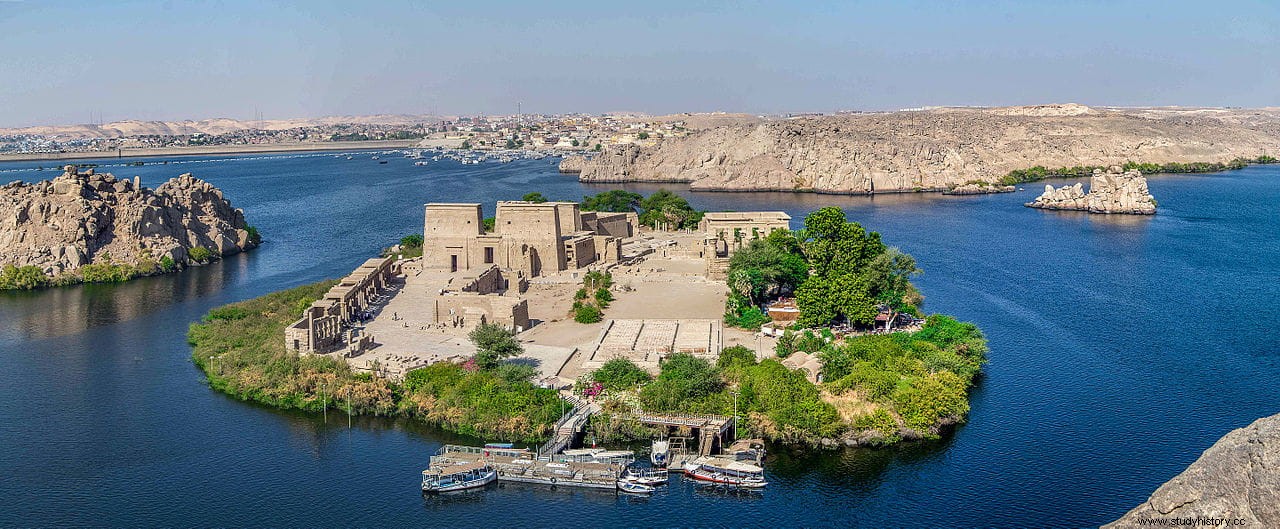
In the year 394 AD they control a stretch of territory that includes Berenice, Elephantine, Philae, Faras, and Talmis, making the latter their capital and holding it at least into the next century.
Given the situation, the Byzantine emperors have no choice but to raise their hands and keep the temples open, despite the edict of Theodosius, since the blemmies regularly come down from the Red Sea hills to worship Isis.
They do it in File, the island of the Nile (about 11 kilometers south of Aswan) that achieved fame in ancient times for the numerous temples erected in Hellenistic and Roman times dedicated to the goddess. A sacred place where access is only allowed to priests and high officials, but which has become the empire's border with the blemmies, a free zone where there is still freedom of worship.
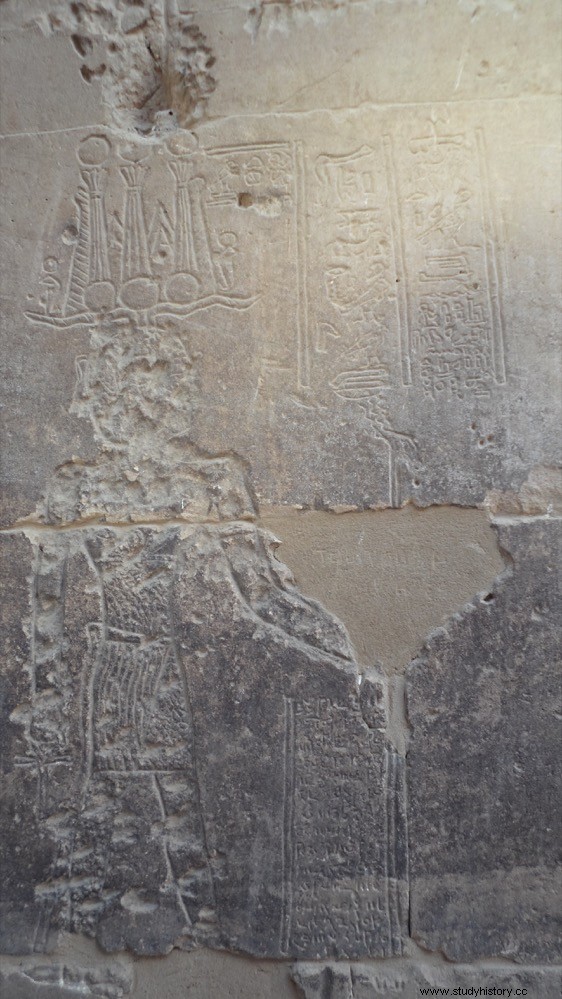
If you look for the island on maps today you won't find it, it was submerged under water after the construction of the Aswan Dam in 1970, although the temples were dismantled stone by stone and rebuilt on the islet of Agilkia.
One morning a scribe named Esmet-Akhom, probably a blemish, stands in front of the north wall of Hadrian's Gate, next to the temple of Isis erected by Ptolemy Philadelphus at Philae, where the small chapel of Mandulis is. He begins to carve an inscription, hastily given its crudeness, in hieroglyphs and demotic (demotic script was a shortened form of hieratic script, which was itself a shortened spelling of hieroglyphic).
Perhaps the suffocating heat or some other less pleasant urgency compels her to quickly write his sentence on the stone. At the top of the inscription he writes in hieroglyphs:
And at the bottom, in demotic:
Mandulis, to whom the text is addressed, is the Greek name of the god Meruel, the personification of solar youth in Egyptian mythology who was worshiped mainly by the blemians. And abaton is a Greek term meaning inaccessible place . It refers to the 14 places where Osiris's body parts were believed to have been buried. The most documented of the abaton was on the island of Biga, very close to File.
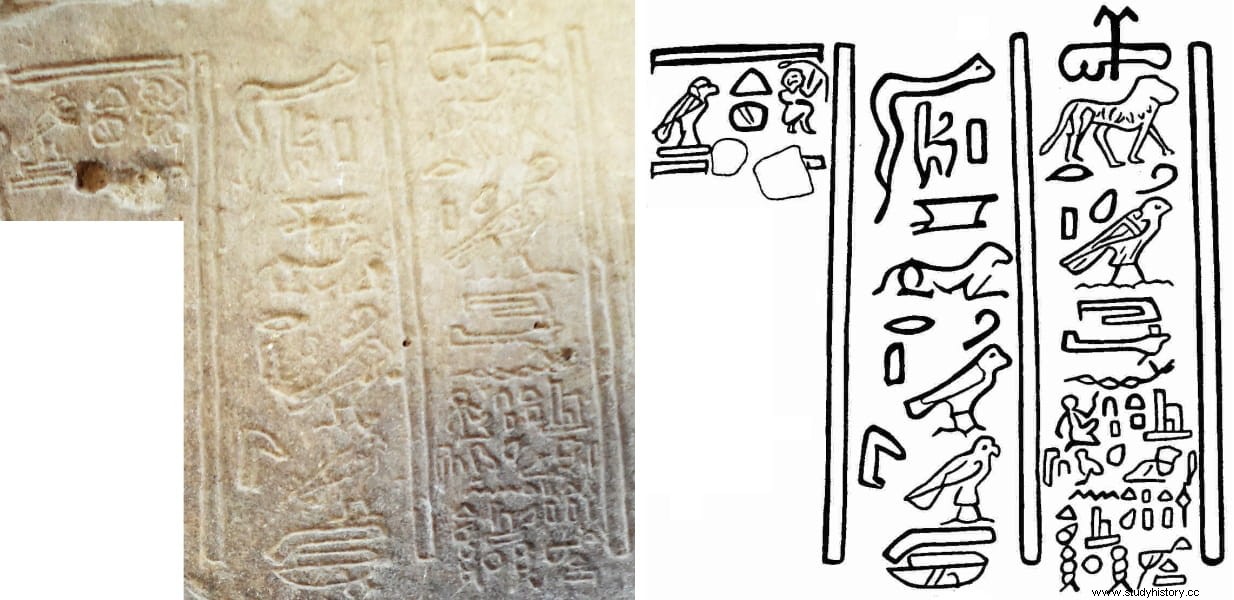
It didn't even cross Esmet-Akhom's mind at the time, how could she think about it, but his inscription was the last ever written in hieroglyphics. No other inscription or later document has been found.
But maybe he sensed something and that's why he left us his name, so we could remember him, and the date of that day: the anniversary of Osiris in the year 110 of the era of Diocletian , or what is the same on August 24, 394 AD
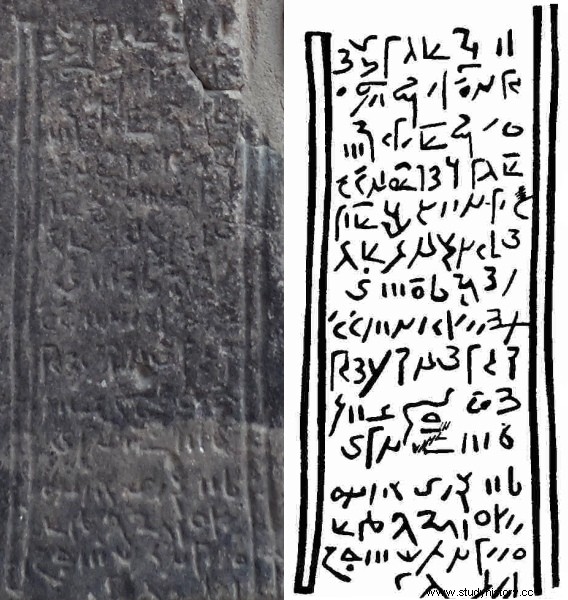
Nothing else is known about Esmet-Akhom. He was probably the last of the Egyptians who knew how to write hieroglyphs, the last testimony of a writing that lasted more than three thousand years.
At least that is how he is remembered today, notwithstanding that in the future some surprising archaeological discovery will tell us otherwise.
As for the blemios, they were the last faithful pagans to the Egyptian religion. They would still worship Isis and Mandulis for almost two more centuries until the gods left Egypt, when Emperor Justinian ordered the temples to be closed permanently in the year 537, imprisoning the priests and moving the sacred statues to Constantinople.
